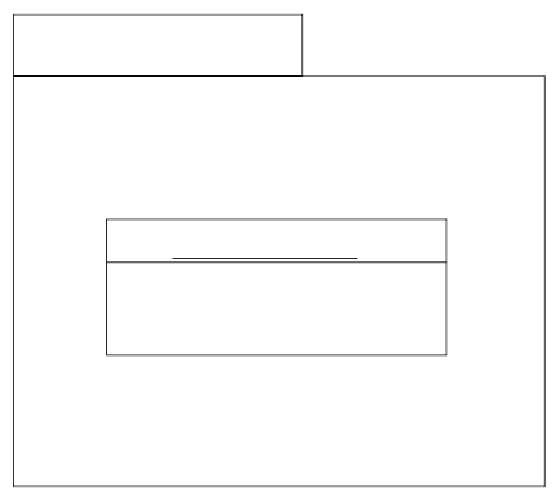Information Technology Reference
In-Depth Information
A.2
Information Viewpoint Specifications
The overall structure and contents of the information viewpoint specifica-
tion of the system was shown in figure 3.5. This comprised a package with
the information object types (figure 3.1) and their associated attributes, as-
sociations and state machines (figure 3.3); other packages gave a selection of
the information action types (figure 3.2), and the specification of one of the
static schemata relevant to the system (figure 3.4).
Figure A.8 shows the complete set of information action types used in the
specification.
Another example of a static schema is shown in figure A.9. In contrast to
figure 3.4, which gave a snapshot of a particular repair order, we show here
the initial state of the system, when it has, for simplicity, been defined to have
just one service centre, one staff member and only two loan handsets.
«IV_StaticSchema»
InitialSystemState
{locationInTime = "2010−06−01,
10:00 UTC" }
«IV_Object»
rh1 : LoanHandset
«IV_Object»
rh2 : LoanHandset
repairCentre = LondonRC1
serialNo = "SN64235/09"
status = Operational
repairCentre = LondonRC1
serialNo = "SN00676/10"
status = Operational
«IV_Object»
LondonRC1 : ServiceCentre
address = "221b Baker St., London, England"
MaxOpenOrders = 50
repairHandset = rh1 , rh2
staff = s1
«IV_Object»
s1 : Staff
name = "Joe Smith"
servicerCentre = LondonRC1
FIGURE A.9: A static schema stating the initial state of the system.
Finally, chapter 3 also showed a UML state machine that represented the
dynamic schema of one of the objects. A different style of dynamic schema is
shown in figure A.10, which represents the state machine of the RepairOrder
information object. The possible triggers for the transitions are information
actions, whose types are defined in figure A.8.


















